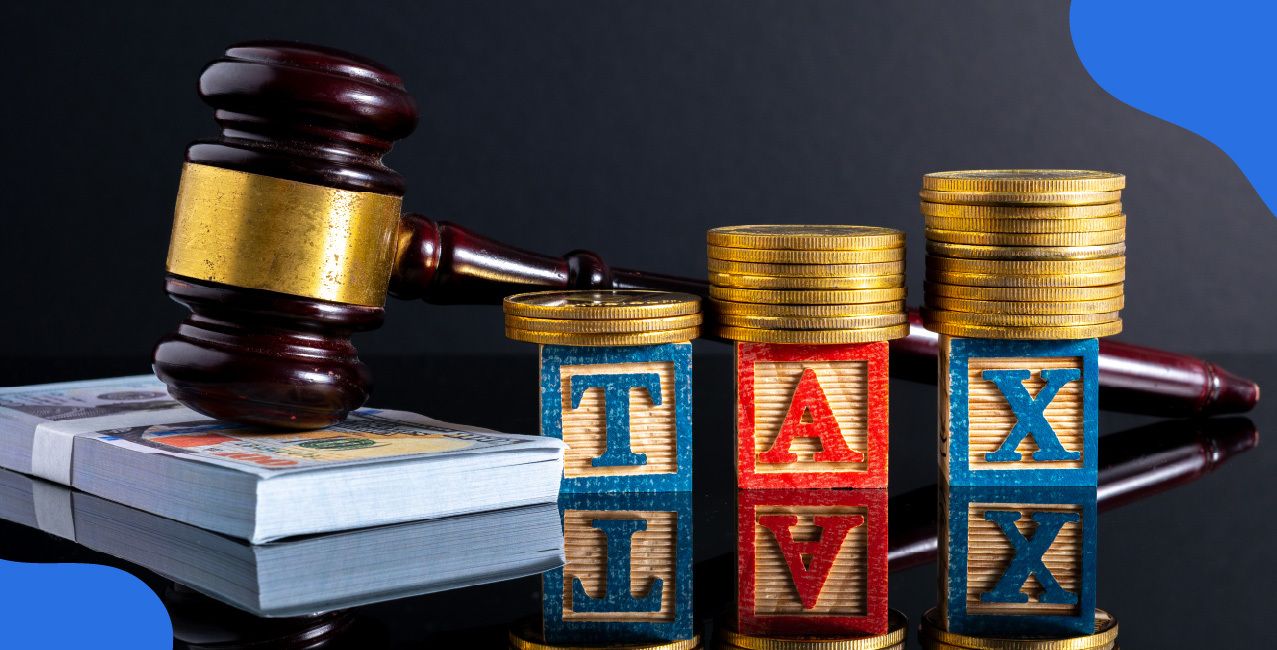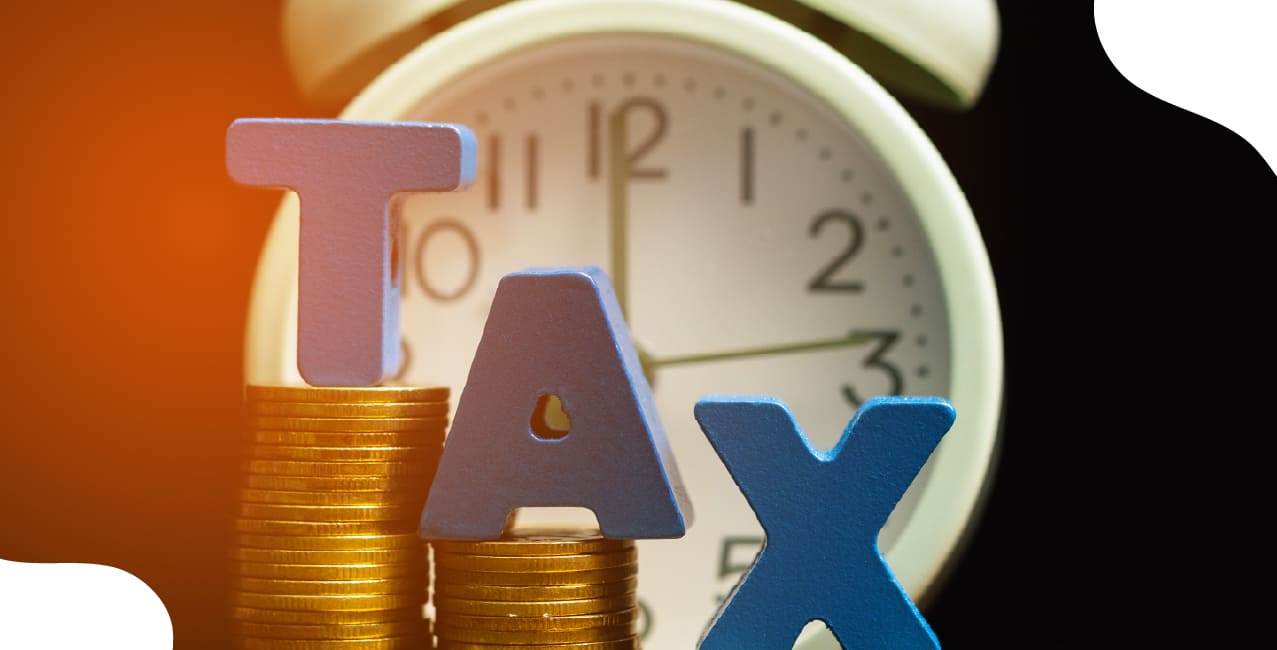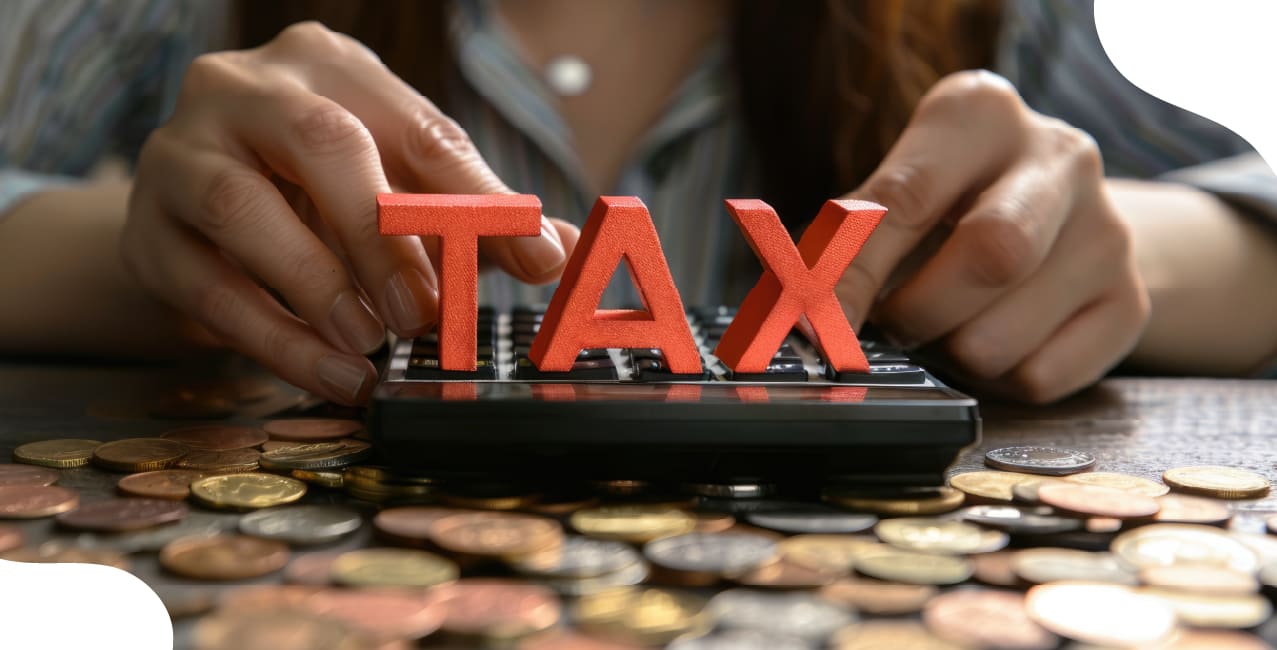Let’s say Nitin has a job and earns money. On his salary ( ₹5,00,000 per annum), he is entitled to a few deductions and then computes his taxable income. These deductions were mentioned in section 16.
Example: Nitin earns ₹5,00,000 per year. He gets:
- Standard Deduction: ₹50,000
- Entertainment Allowance: ₹5,000 (only for govt employees)
- Professional Tax: ₹2,500
Here’s how his taxable salary is calculated:
Key Points:
- All workers are entitled to the standard deduction.
- Government employees are only entitled to an entertainment allowance.
- Professional tax is payable in case it is paid.
In this manner, Nitin will pay tax only on ₹4,47,500 but not ₹5,00,000.
Importance of Section 16
Let’s understand the importance of Section 16 with the help of an example:
Let’s say Nitin is an employee of a private company, and he gets ₹6,00,000 as a yearly income. In the absence of Section 16, he would be liable to tax on his complete salary. However, with Section 16, he is allowed to deduct relevant deductions to minimise the amount of tax subject to pay.
Why is Section 16 Important?
- Reduces Taxable Income: Nitin pays tax only on the amount after deductions, not his full salary.
- Saves Money: Lower taxable income means less tax to pay.
- Standard Deduction for All: Every salaried person (like Nitin) gets a flat ₹50,000 deduction.
- Professional Tax Adjustment: If Nitin pays professional tax (like ₹2,500), he can deduct it too.
Nitin’s Tax Calculation with Section 16 Benefits
- Without Section 16, Nitin would pay tax on ₹6,00,000.
- With Section 16, he pays tax only on ₹5,47,500 – saving him money!
This makes Section 16 very helpful for salaried people like Nitin.
Objectives of Section 16
Nitin has a salary of ₹7,00,000 in his job. Under section 16, he can reduce his tax pay as it permits some deductions before his final taxable salary is computed.
What Are the Main Objectives of Section 16?
- Provide Relief to Salaried Employees: Reduces the tax burden by allowing deductions.
- Encourage Employment Benefits: Recognises work-related expenses like professional tax.
- Simplify Tax Calculation: Offers a standard deduction (₹50,000) for all salaried individuals.
- Ensure Fair Taxation: Ensures employees are taxed only on their true take-home income after deductions.
How does Section 16 help Nitin?
- Without Section 16, Nitin would pay tax on ₹7,00,000.
- With Section 16, he pays tax only on ₹6,47,500, saving him money.
Section 16 makes taxation much fairer and easier for employees like Nitin.
TDS Rate Under Section 16
Let’s say Nitin is an employee in a firm, which earns him a ₹9,00,000 per annum salary. His employer will withhold his tax (TDS- Tax deducted at Source) each month by your annual tax.
Key Points About TDS Under Section 16
- TDS is deducted after Section 16 deductions (standard deduction, professional tax)
- The actual TDS rate depends on the income slab (not fixed under Section 16)
- The employer calculates TDS based on the net taxable salary
How TDS Works for Nitin
Tax Calculation (Final Year 2023-24 Slabs):
- Up to ₹2.5 lakh: No tax
- ₹2.5-5 lakh: 5% of ₹2.5 lakh = ₹12,500
- ₹5-8.47 lakh: 20% of ₹3.47 lakh = ₹69,400
- Total Tax = ₹81,900
- Monthly TDS: ₹6,825 (₹81,900/12)
Important Notes:
- Section 16 doesn't specify TDS rates - it only allows deductions.
- Final TDS depends on the actual salary after deductions.
- Nitin can claim a refund if excess TDS was deducted.
Exemptions Under Section 16
Nitin would have a salary of ₹8,50,000 in one year. He is interested in knowing what items will not be taxed on his income under Section 16.
What Exemptions Does Section 16 Offer?
- Standard Deduction: Flat ₹50,000 deduction for all salaried employees.
- Entertainment Allowance: Only for government employees (Nitin doesn't get this).
- Professional Tax: The amount paid as professional tax can be deducted.
How Exemptions Reduce Nitin's Taxable Income
Key Benefits for Nitin:
- ₹50,000 standard deduction is automatic - no proofs needed.
- Professional tax deduction lowers his tax further.
- Without these exemptions, Nitin would pay tax on the full ₹8,50,000.
- Now he only pays tax on ₹7,97,500.
Remember:
- These exemptions apply only to salary income.
- Nitin must provide professional tax payment proof to his employer.
- Government employees get an additional entertainment allowance benefit.
Due Date and Compliance Requirements
Let’s say Nitin is a salaried employee. His employer should comply with tax regulations on deducting and depositing TDS in terms of the salary of Nitin.
Key Compliance Requirements:
- TDS Deduction: Nitin's employer deducts tax every month from his salary after applying Section 16 deductions
- TDS Payment Due Date: The company must deposit the deducted tax by the 7th of next month
- TDS Return Filing: The Employer must file quarterly TDS returns (Form 24Q) by these dates:
- Q1 (Apr-Jun): 31st July
- Q2 (Jul-Sep): 31st October
- Q3 (Oct-Dec): 31st January
- Q4 (Jan-Mar): 31st May
- Q1 (Apr-Jun): 31st July
What Nitin Needs to Do:
- Submit investment proofs (like insurance, PPF) to the employer before 31st March.
- Check Form 16 from the employer by 15th June each year.
- Verify TDS details in Form 26AS before filing ITR.
Nitin has an employer who carries out most of the compliance, though he is expected to maintain records that he can use in filing his tax return.
Practical Examples
Nitin is making ₹45,000 per month (₹5,40,000 yearly) working in an office. This is how Section 16 comes to his aid:
- Standard Deduction: His company automatically reduces ₹50,000 from his yearly salary before calculating tax.
- Professional Tax: Nitin pays ₹2,400 yearly as professional tax, which is also deducted.
- Taxable Income Calculation:
- Total Salary: ₹5,40,000
- Minus Standard Deduction: ₹50,000
- Minus Professional Tax: ₹2,400
- Taxable Salary: ₹4,87,600
- Total Salary: ₹5,40,000
What This Means for Nitin:
- Without Section 16, he would pay tax on the full ₹5,40,000.
- With Section 16, he pays tax only on ₹4,87,600.
- His actual tax payment becomes much lower.
- His company handles all these calculations automatically.
Nitin just needs to:
- Check his Form 16 each year.
- Verify his final tax details.
- Keep his professional tax receipts safely.
Conclusion
In plain words, here is how Section 16 works for the benefit of Nitin: Nitin earns 6 lakh per annum at his job. In the absence of Section 16, he would be charged a full tax of ₹6,00,000. However, through Section 16, he qualifies for some automatic deductions- ₹50,000 as the standard deduction and ₹2,500 as the professional tax that he paid.
This brings down his taxable income to ₹5,47,500. As an outcome, Nitin pays taxes less and to the regulations. Most of the calculations are done on behalf of his employer, and all that Nitin has to do is verify his Form 16 and retain his tax payment receipts.
With such deductions, section 16 makes the process fair and keeps it simple in the sense that Nitin will be taxed on his real taxable income only. The law makes working people, such as Nitin, save money effortlessly.
FAQs
1. What is Section 16 in income tax?
Section 16 allows salaried employees like Nitin to reduce their taxable salary by claiming standard deduction and professional tax.
2. How much is the standard deduction?
Every salaried person gets a flat ₹50,000 deduction from their salary income.
3. Who can claim a professional tax deduction?
Only those who pay professional tax (like Nitin’s ₹2,500/year) can deduct it from their salary.
4. Do pensioners get a standard deduction?
Yes, pensioners also get a ₹50,000 standard deduction if they receive a taxable pension.
5. Is the entertainment allowance still deductible?
Only government employees can claim it (up to ₹5,000 or 1/5th of salary, whichever is lower).
6. How does Section 16 benefit Nitin?
It reduces his taxable salary (₹6,00,000 → ₹5,47,000), so he pays less tax.
7. Can freelancers or businessmen use Section 16?
No, Section 16 deductions are only for salaried individuals.
8. When should Nitin submit investment proofs?
Before March 31st, he should submit to his employer for extra tax savings (like PPF, insurance).
9. Where can Nitin check his deducted tax?
In Form 16 (from the employer) and Form 26AS (on the income tax website).
Other Related Pages | |||




_of_Income_Tax_Act.jpg)
